Size: 1 packet
Larkspur, often known by its botanical name Delphinium, is a beautiful flowering plant that adds vibrant colors and impressive height to gardens. While some varieties are perennials, many popular types are hardy annuals.
Here’s a comprehensive guide to caring for Larkspur – Seeds:

1. Sunlight: Larkspur thrives in full sun to partial shade. In hotter climates (like many parts of India during summer), afternoon shade is beneficial to protect them from intense heat and prevent wilting. They need at least 6-8 hours of direct sunlight for the best blooms.
2. Soil:
- Well-draining soil is crucial. Larkspur does not tolerate soggy conditions, which can lead to root rot.
- They prefer rich, fertile soil that is high in organic matter. Amend the soil with compost or aged manure before planting.
- The ideal soil pH is neutral to slightly alkaline.
3. Watering:
- Larkspur needs consistent moisture, especially during the growing season and dry spells.
- Water deeply and regularly, aiming to keep the soil moist but not waterlogged.
- Water at the base of the plant to keep foliage dry, which helps prevent fungal diseases.
- Plants in containers will need more frequent watering, often daily in dry weather.
4. Temperature and Humidity:
- Larkspur prefers cool to moderate temperatures.
- They are hardy in USDA zones 2-11 (depending on the variety), tolerating frost well.
- Ideal daytime temperatures are between 15-24°C (60-75°F) and nighttime temperatures between 7-13°C (45-55°F).
- High humidity and excessive heat can cause the plants to wilt and weaken, so good air circulation is important.
5. Planting:
- From seeds: Larkspur can be started from seed. In warmer climates, direct sow seeds in late fall for blooms the following spring. In colder regions, sow seeds outdoors in early spring or start them indoors 8-10 weeks before the last frost. Larkspur seeds often benefit from cold stratification (placing them in a moist paper towel in the refrigerator for a week or two) to encourage germination.
- Transplanting: Larkspur does not tolerate root disturbance well, so direct sowing is often preferred. If transplanting seedlings, handle them with care.
- Spacing: When seedlings emerge, thin them to 12-18 inches apart to allow for adequate growth and air circulation. For a denser look or in windy areas, you can plant them closer, around 6 inches apart.
- Hole preparation: Dig a hole that is twice as wide and as deep as the root ball. Amend the soil with organic matter before planting.
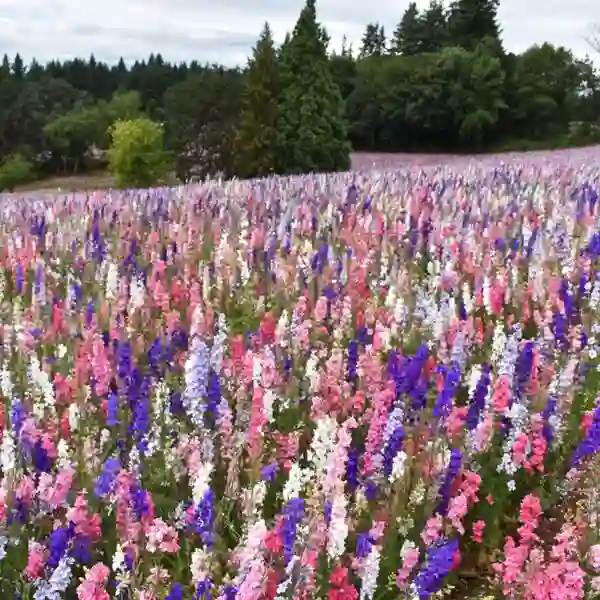
6. Fertilizing:
- Larkspur are heavy feeders.
- Apply a balanced, slow-release fertilizer in early spring and midsummer.
- Alternatively, top-dress with compost annually.
- Yellowing leaves can indicate a need for more nutrients.
7. Staking:
- Many larkspur varieties grow quite tall (up to 6 feet or more) and have hollow stems, making them susceptible to wind and rain damage.
- Staking is often necessary to support their tall flower spikes and prevent them from toppling over. Install stakes at planting time to avoid damaging roots later.
8. Pruning and Deadheading:
- Deadhead spent flowers (remove the faded blooms) to encourage more blooms and prolong the flowering season.
- Once blooming is complete in late summer or early fall, cut the flower stalks back.
- After the first hard frost, cut the entire plant down to ground level and remove the vegetation to prevent disease spread.
9. Pests and Diseases:
- Larkspur is generally robust, but can be susceptible to:
- Fungal diseases like powdery mildew and crown rot, especially in high humidity or overcrowded conditions. Ensure good air circulation and well-draining soil.
- Pests like aphids, slugs, and snails.
- Remove any diseased plant material immediately to prevent spread.
10. Toxicity:
- It’s important to note that all parts of larkspur plants are poisonous to humans and pets if ingested. Wear gloves when handling the plants, as contact with foliage can sometimes irritate the skin.
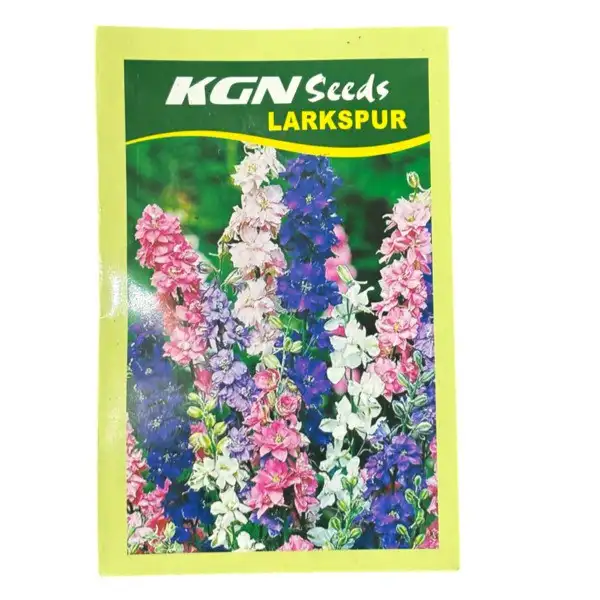
Larkspur – Seeds
By providing these optimal conditions and consistent care, you can enjoy the stunning and vibrant blooms of larkspur in your garden.
Only logged in customers who have purchased this product may leave a review.

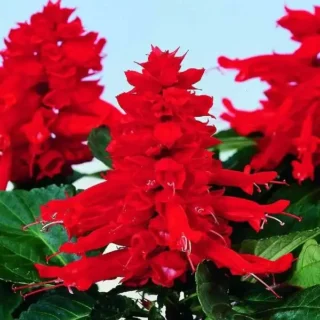
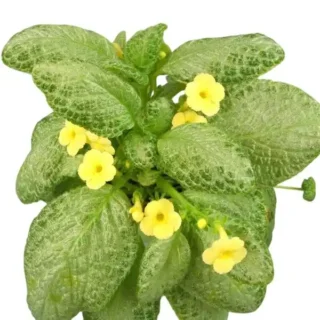
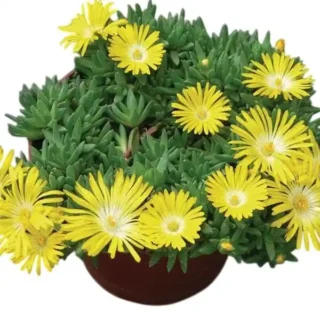
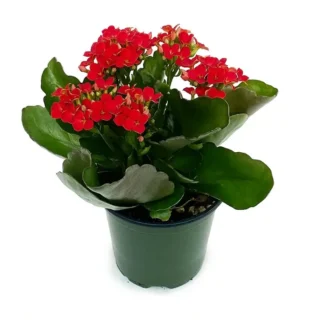
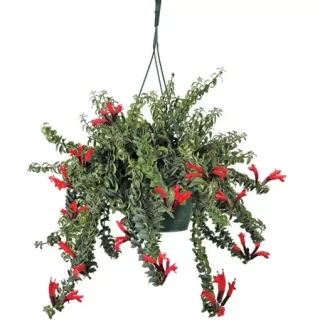
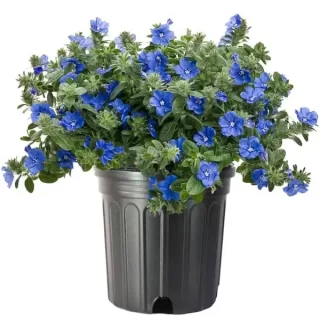
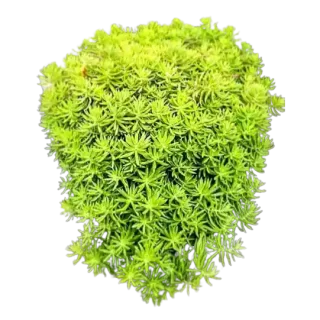
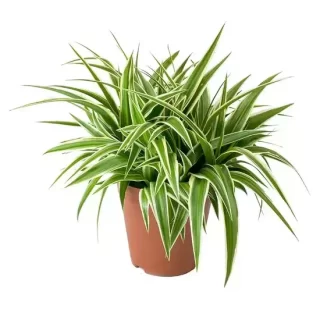
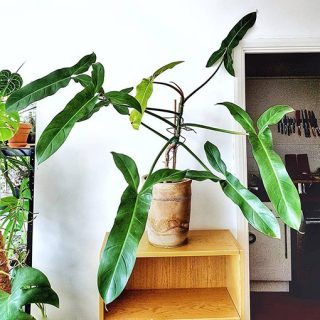

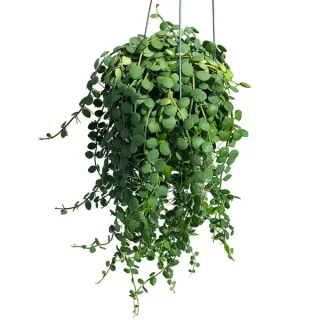
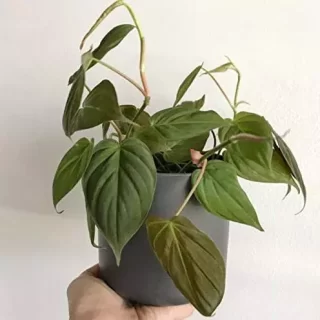
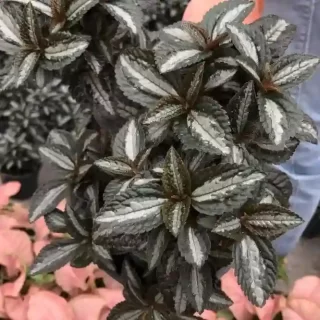
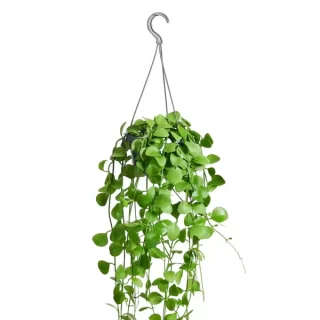
 If you need any assistance, I'm always here. Have you found what you were looking for?
If you need any assistance, I'm always here. Have you found what you were looking for?
Reviews
There are no reviews yet.